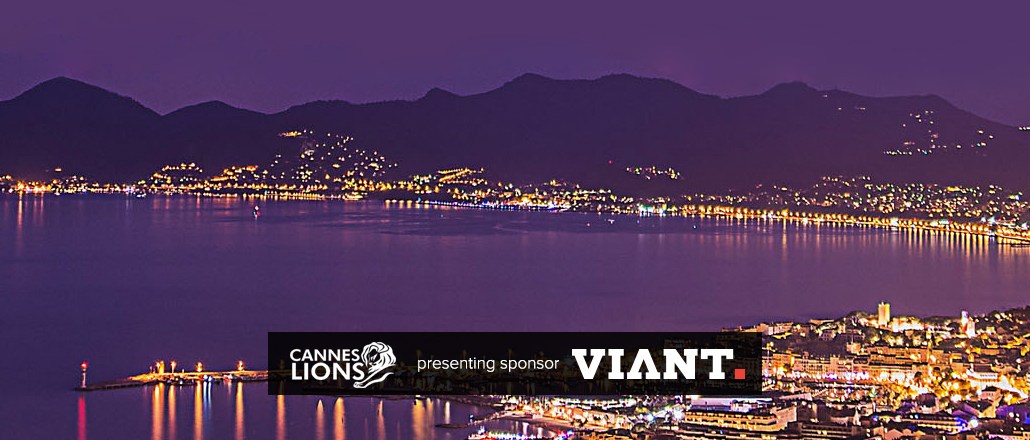CNN digital gm Andrew Morse: ‘Chasing scale is a fool’s errand’

Digiday covers that latest from marketing and media at the annual Cannes Lions International Festival of Creativity. More from the series →
It’s been a busy and productive week in Cannes for Andrew Morse, CNN’s executive vp and gm of CNN Digital Worldwide. It’s only his second year at the festival, and he’s been pleasantly surprised that it’s by no means the “crazy boondoggle” he thought it would be. “It still sort of is, because it’s in the south of France and people do some ridiculous things, but you do actually get a lot of work done,” he said.
CNN is taking its off-platform publishing strategy seriously, hiring a 30-person editorial team within CNN Digital Worldwide to create content solely for social platforms like Facebook, Snapchat and other apps like Line. The team is overseen by the former managing editor for editorial strategy at the Los Angeles Times, who has just joined as vp of programming.
Digiday had a quick catch-up with Morse in the baking Cannes sun to discuss CNN’s evolving Facebook Live strategy, and why chasing scale for scale’s sake is a “fool’s errand.”
Here are the takeaways:
You’re a month into creating Facebook Live content — what’s worked?
People like a sense of adventure, and we’ve found the videos that provide that and show us going to far-off places do the best. Ones like that, like, have generated a million views in a day.
Facebook pays you to produce Live video. What does that entail?
We committed to a minimum number of minutes; that’s the financial deal. I’d rather not get into specifics on revenue. But for us, that is a fun challenge. Right now, it’s more about building the brand on those platforms, and ubiquity, and less about the money. The money we are making right now from any of these deals is not meaningful.
This is unusual for Facebook; they haven’t paid in the past. So for Facebook, the notion that they are willing to work with key publishers and give us a path to some initial monetization, that’s significant for them. We appreciate that. They know we want to figure out how to make it work.
Are you getting enough data?
The problem with these platforms is always access to data. Facebook and Snapchat understand that we need the data to see how to better shape content, and we’re always in conversations with them. For us, it’s not just about scale. If you’re CNN or the BBC, scale is easy. We are much more interested in tracking engagement and passion.
Isn’t scale the whole point of Facebook?
Scale for scale’s sake is a fool’s errand. BuzzFeed has successfully managed to scale using Facebook, and that’s been of huge benefit to them, but I think they are finding that that alone is not enough. Quality of content, experience, engagement are more important than scale for scale’s sake.
Scale can be manufactured. There was a story on Variety recently about how Vice was aggregating their audiences. We aren’t interested in playing games. If Vice wants to play games with their audience, they do so at their own peril, and I’m happy to say that on the record. We want engaged audiences coming to us because they want to.
Where do platforms like Facebook Live fit in your international output?
We used to be this massive desktop homepage that relied on scale, and we have made the shift over last 18 months away from that and to a suite of premium businesses with discrete audiences and specific data. So if we have audiences coming to use CNNMoney or Style or the Great Big Story, it’s not as separate verticals. If you add all those audiences together, you have bigger scale than you had to start, and we want to replicate that internationally. So understanding what audiences want in Japan and why that’s different to what audiences want in Korea, for example, is really important. We’ll be working out what content works best on the platforms we need to be in, in each country.
What are you doing next?
Going for a swim.
More in Media

Media Briefing: Publishers who bet on events and franchises this year are reaping the rewards
Tentpole events and franchises are helping publishers lock in advertising revenue.

With Firefly Image 3, Adobe aims to integrate more AI tools for various apps
New tools let people make images in seconds, create image backgrounds, replacing parts of an image and use reference images to create with AI.

Publishers revamp their newsletter offerings to engage audiences amid threat of AI and declining referral traffic
Publishers like Axios, Eater, the Guardian, theSkimm and Snopes are either growing or revamping their newsletter offerings to engage audiences as a wave of generative AI advancements increases the need for original content and referral traffic declines push publishers to find alternative ways to reach readers.





